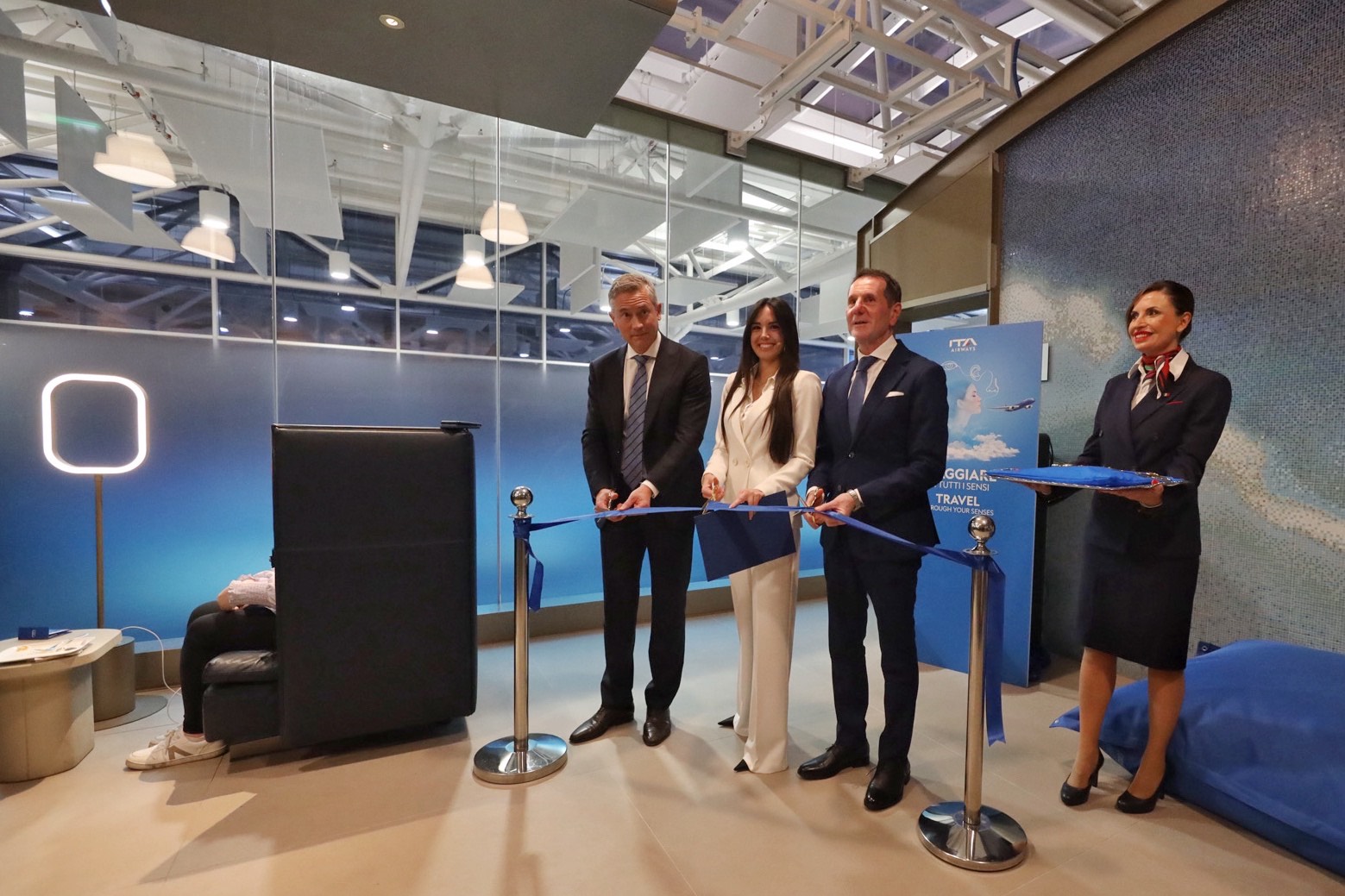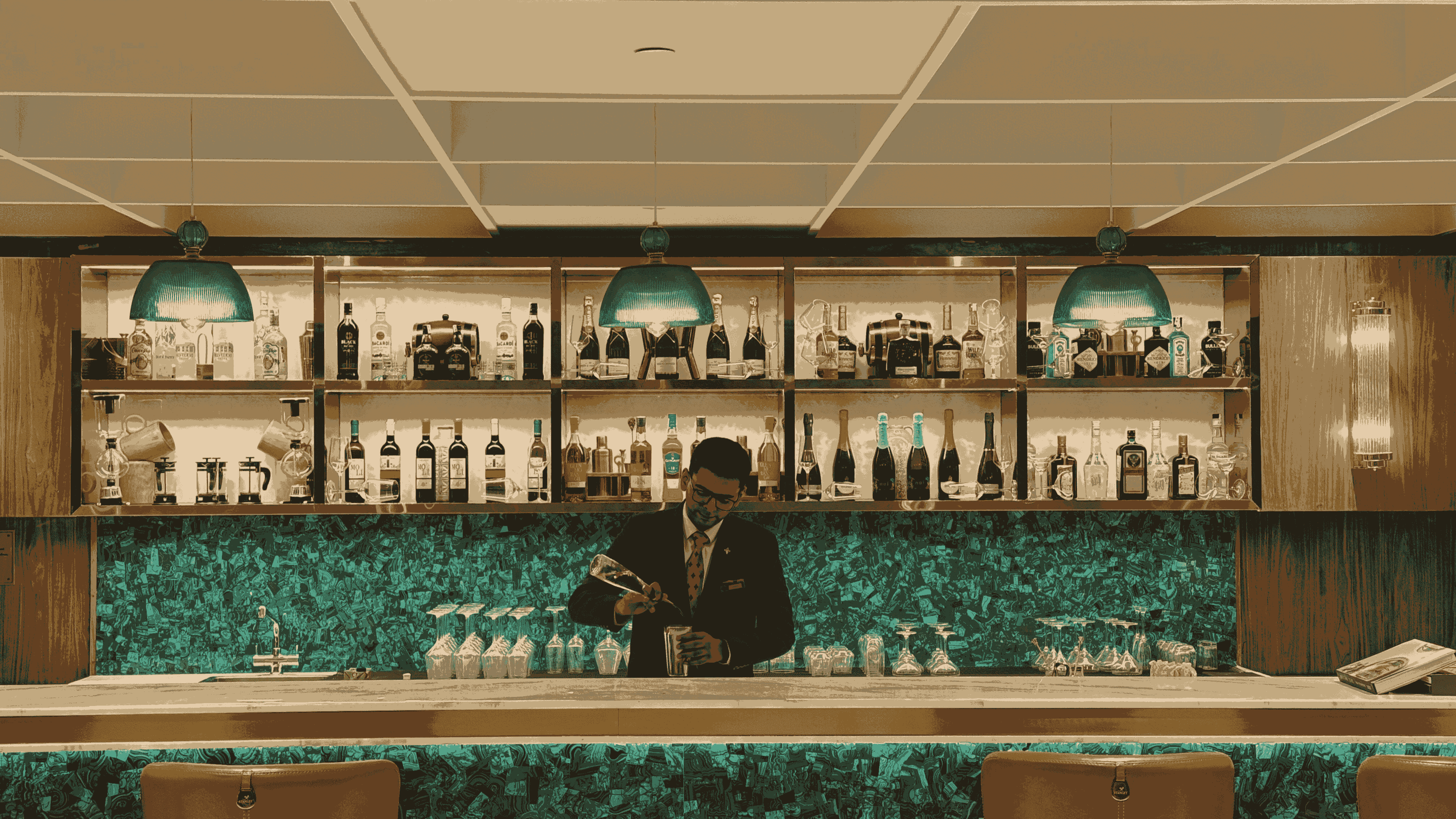The Project Sunrise, touted as the groundbreaking first step in non-stop flights between Australia and London and New York, has reached its first production milestone.
 Qantas is set to take a major step in transforming long-haul travel with its Sunrise Project. The recently released first images of the A350-1000ULR (Ultra Long Range) aircraft, developed with Airbus, mark the completion of its initial production phase — bringing non-stop flights between Australia, London, and New York closer to reality.
Qantas is set to take a major step in transforming long-haul travel with its Sunrise Project. The recently released first images of the A350-1000ULR (Ultra Long Range) aircraft, developed with Airbus, mark the completion of its initial production phase — bringing non-stop flights between Australia, London, and New York closer to reality.
The Sunrise Project takes its name from the historic “Double Sunrise” endurance flights operated during the Second World War.
The aircraft will be moved to a new hangar this week, where engines and flight test instruments will be installed ahead of a comprehensive test flight programme in 2026. These A350-1000ULRs have been specially configured for the world’s longest commercial flights, connecting Australia’s east coast non-stop with London and New York — a new milestone in air travel.
The aircraft features an additional 20,000-litre rear centre fuel tank with advanced systems, making the non-stop 22-hour flight possible. Every element has been specifically designed with passenger comfort and safety in mind — a non-negotiable for long-haul journeys. The project will also cut up to four hours from travel time on one of the longest air routes in operation.
Qantas Group Chief Executive Officer Vanessa Hudson said the progress brings Project Sunrise one step closer to reality. “Given Australia’s position in the world, Qantas has a long history of breaking aviation barriers. Project Sunrise will not only overcome the tyranny of distance, it will fundamentally change the way our customers travel the world,” said Ms Hudson.
She added, “These flights will cut up to four hours off the journey and transform how people experience ultra long-haul travel, through science-backed design to minimise jetlag and maximise wellbeing.”
Aviation specialists, including David Caon, Australian industrial designer, and a multidisciplinary team of experts from the University of Sydney’s Charles Perkins Centre, have developed the cabins from the ground up. The key focus of the cabin design is to provide more space, with a 238-seat configuration compared to the 300-plus layout used by other A350-1000 operators. There will also be a Wellbeing Zone located between the Premium Economy and Economy cabins, featuring a hydration station, guided on-screen exercise programmes, stretch handles, and a selection of refreshments.
The Sunrise Project also addresses the challenge of jetlag, with sleep scientists developing customised lighting design and timed meal services.
Of the 12 aircraft on order, the first is scheduled for delivery in late 2026, paving the way for the launch of the first commercial Project Sunrise services in the first half of 2027.
 TravTalk India Online Magazine
TravTalk India Online Magazine




